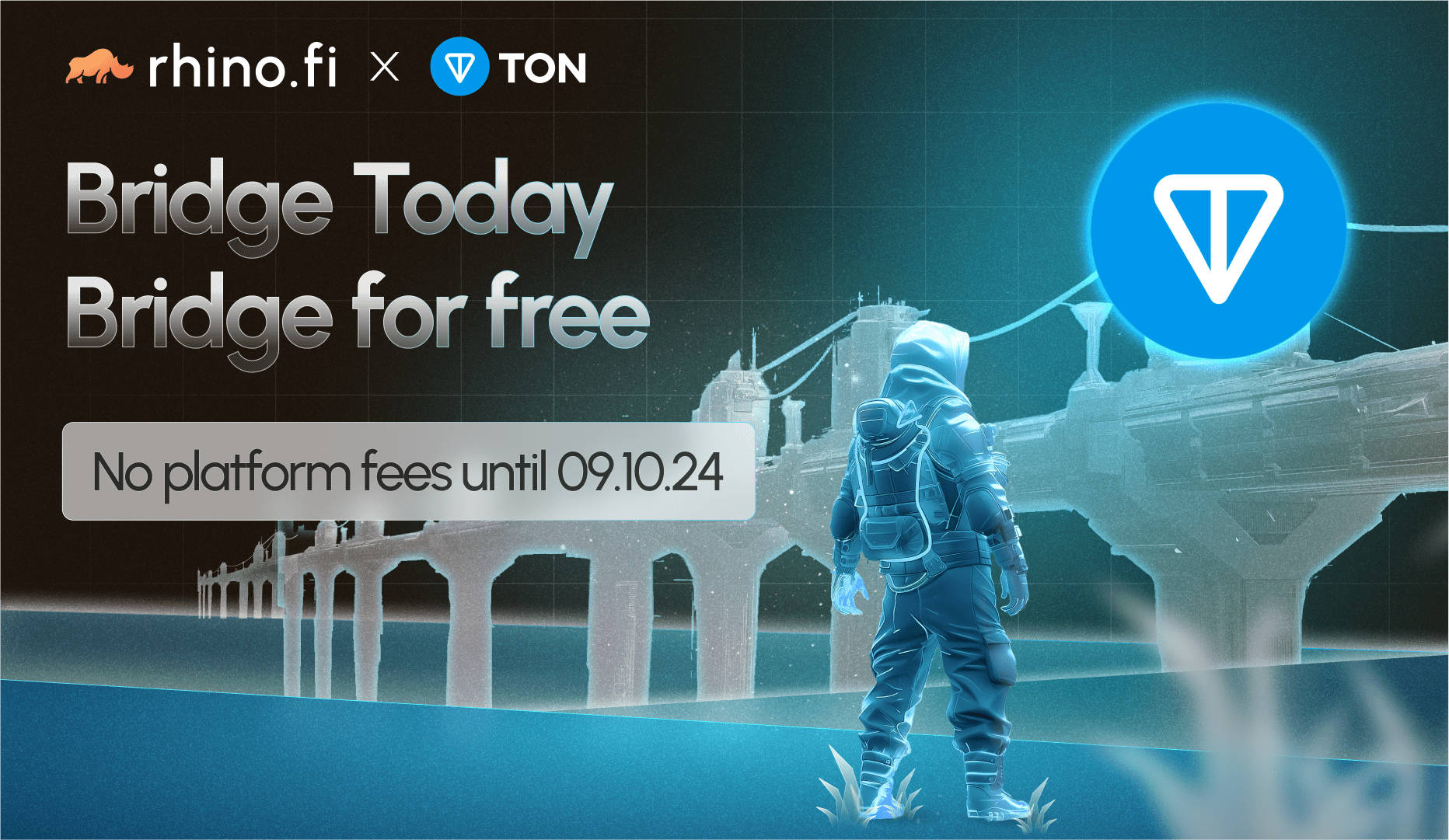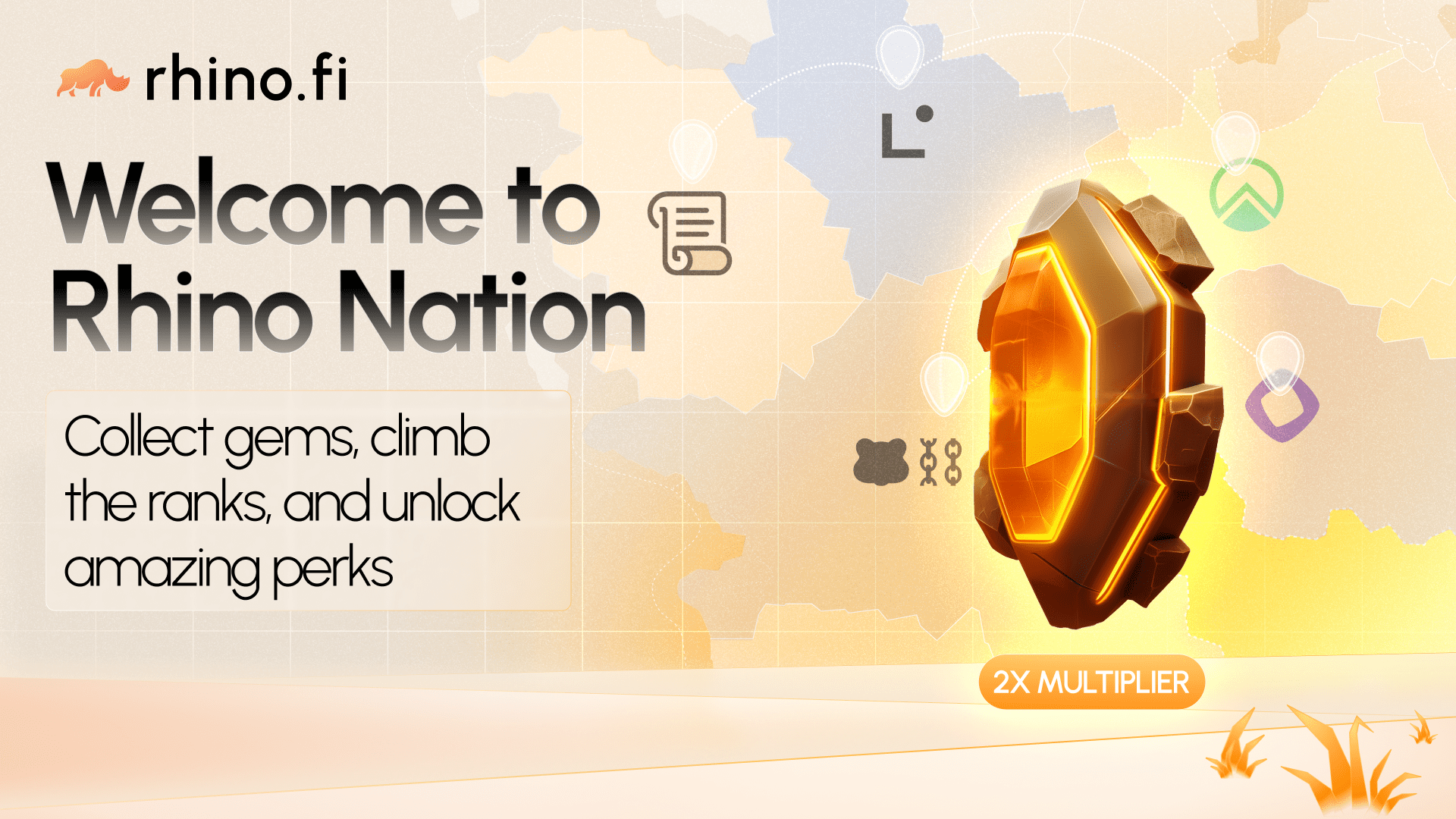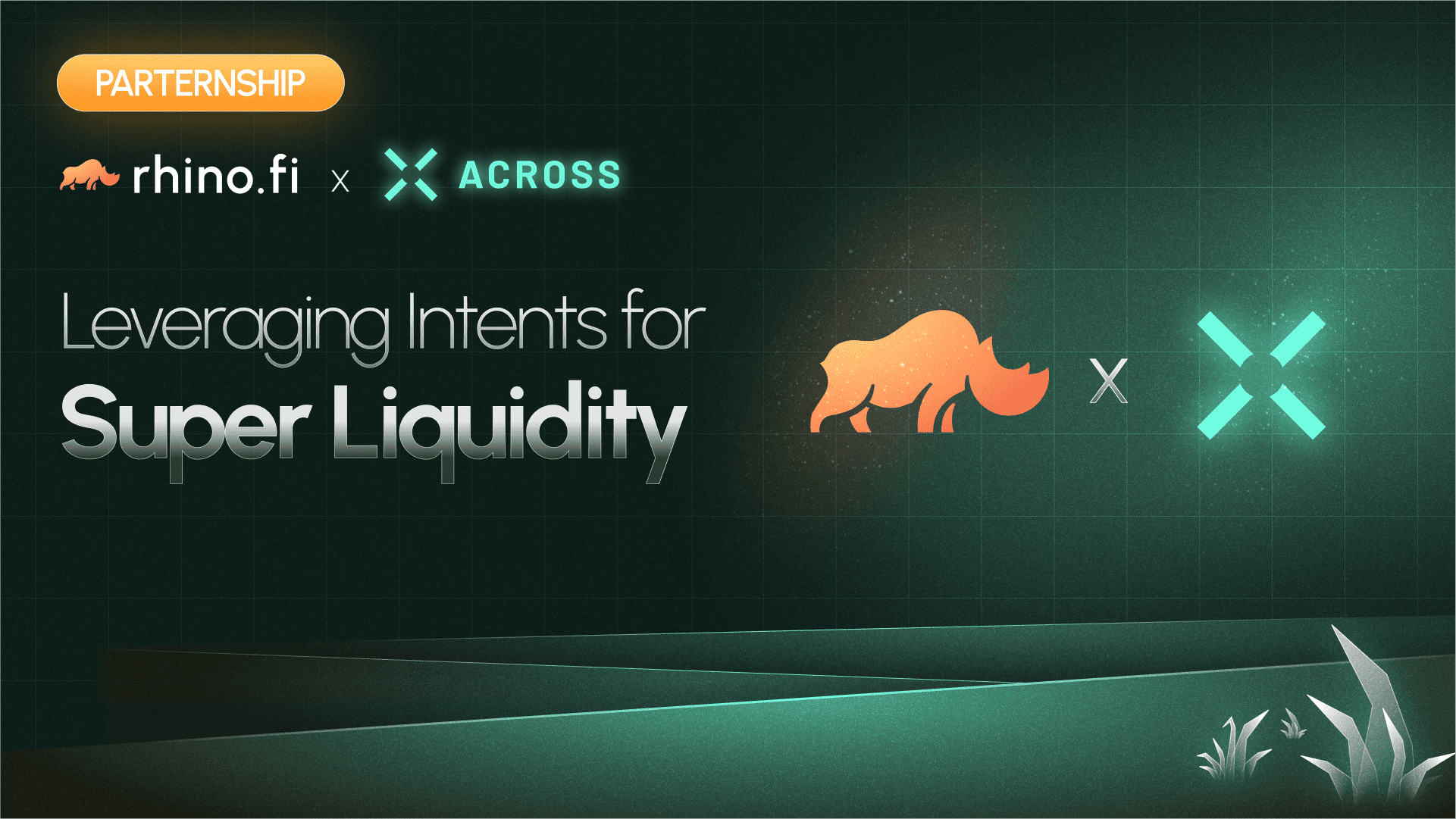Crypto left the Wild West behind a long time ago, but it still has plenty of maturing to do: today it’s more like New York in the 1920s, a chrysalis bursting with growth and innovation but blighted by the odd shaky project too (just look at FTX or the recent collapse of the UST stablecoin).
With so much choppiness in the market right now, it’s inevitable that more projects will crumble in the months ahead. So, as traders, we need to know exactly how to pick the game-changers from the fun-and-gamers.
In this edition of RhinoLearn, we’re going to tell you how you can gauge the strengths and weaknesses of each crypto project, and the specific factors you should consider. We’ll also share some useful crypto project checker tools, so you can get more in-depth analysis of the projects you’re thinking of supporting.
Anyway, onto the factors…
Point 1: The team
This is where we should always start. The team behind a project should be clear and visible. This isn’t necessarily to root out crypto scam companies… it’s more to ensure projects are transparent.
Most crypto-based projects will have a ‘doxxed team’. This means we know who they are. And when we look at the team documents, we should look closely at their previous history.
What have these guys built before? What industries have they worked in, and what is their experience in those industries? If, for example, they claim to have worked in the airline industry but it turns out they worked in baggage handling, their experience may not be as relevant as someone who took major strategic decisions.
Once you’ve established these basic parameters, you should look at the vision that the team is bringing to the table. What are they trying to achieve, and what is the problem they’re trying to solve? Is it a legitimate problem, which affects lots of people? Or are they simply creating a need that doesn’t actually exist?
To illustrate this last point, let’s look at Dentacoin, a blockchain project for the dental industry. The whole point was that people could pay for dental care in crypto; however, what was the actual point of this solution? 99.99% of dental customers are happy to pay in their own fiat currency. There was no need to create a brand-new coin that was only usable within a small, enclosed ecosystem.
Then, at the opposite end of the scale, let’s take Ethereum. This project is solving a huge number of problems; its decentralised applications fill the accessibility gaps of conventional finance, and its smart contracts allow blockchains to be programmed in line with their users’ wishes. It provides its own native currency, and it creates an ecosystem for projects such as Polygon, OpenSea… and, of course, rhino.fi.
Once we’re satisfied with these top-line considerations, we can start digging into the numbers.
Tokenomics
Most new crypto projects will perform an initial coin offering, or ICO, which is when it releases its native asset (its in-house coin or token) to the market.
As part of this ICO, the project team should tell you how they are distributing their asset. You’ll see what percentage the team are keeping, and how much they are releasing to the public by putting them on sale or hosting giveaways like airdrops.
There was one project that released a pie chart when it held its ICO. The pie chart suggested the team would retain only 5% of the total token supply, and the rest would be distributed to a huge number of stakeholders, like investors or marketing personnel.
But then you realised that all these stakeholders were actually the team itself: in other words the team was keeping a huge chunk of the total token supply. They were going to create this huge supply of new tokens to keep for themselves, so they could sell the tokens and make a profit – all while passing themselves off as democratic and community-focused.
This sort of behaviour is a big red flag. If a project is going to mislead you about how it distributes its token, how else is it going to try and mislead you in future?
In terms of specific indicators, it’s worth looking at a project’s vesting schedule. Most crypto projects will retain a certain share of tokens for the team and partners; ‘vesting’ is the process of releasing these tokens so they can be traded, invested or added to the recipient’s portfolio.
The shorter the vesting schedule, the quicker the team want to get their hands on their tokens – and the more worried you should be. A team with a short vesting schedule is probably only interested in a quick buck; a team with a long vesting schedule, by contrast, is more interested in building a great product than making easy profits.
Ideally you should look for linear unlocking, whereby a certain percentage of tokens is released every year. This suggests the team wants to keep making the project better over a period of time.
Growth potential
When judging the potential of a particular asset, many people get hung up on the price. ‘Hey, this token looks really cheap right now, let’s grab it and watch it rise!’
Actually, what you should be looking at is the asset’s market cap. This is the price of the asset multiplied by the total volume in circulation, and it shows you how much room the price has to grow. An asset with a high market cap has far less room than one with a lower market cap.
To illustrate this point, let’s imagine we’ve got a new token, EuclidCoin (sorry for the namejack, but it’s my blog post, so I can do what I like).
EuclidCoin is worth 1p, but the market cap is GBP1 trillion: this means there are 100 million in circulation. So even if you and your fellow investors pour a significant amount of money in, you won’t make much of a dent in the price.
Now let’s imagine EuclidCoin’s market cap is only GBP £10: this means there are only 1,000 coins in circulation. In this case, by investing in EuclidCoin, we can make a significant difference to the price.
As a follow-up to this, it’s worth considering the diluted market cap as well as the current market cap. The diluted market cap is particularly relevant to those assets which are partially locked: it shows what the market cap would be if all the locked supply was released. This kind of gives us a future steer on what the market cap, and price, may go to.
Other points to consider
The chain. Look at the chain the project is building on; by looking at the overall usage of that chain, we can guesstimate how big an audience this project can attract. For example, a project built on Ethereum has a far bigger usage pool than one that’s built on Cardano.
The competition. How much competition does this project face on its chosen chain? How much market share can it realistically take from its competitors? If the project is trying to launch an ecosystem for decentralised apps on Ethereum, for instance, it’s going to struggle to take much traffic from Polygon unless it’s seriously good.
The expansion plans. Is the project planning to go cross-chain or multi-chain? If so, that may be a significant point in its favour. Not only is multi-chain very much on trend right now; it could open the project to a whole new audience.
Once you’ve collected all this information, you should then compare with other projects and see if this one really is as valuable as you first thought. If you’re not 100% convinced, that may not be a good sign.
And finally… the best crypto analysis tools
There are loads of crypto analysis websites and crypto project checker tools that can help you make an informed decision on the merits of a project.
Messari.io, for example, has loads of handy research tools (although they tend to focus on established projects rather than new ones). LunarCrush and Glassnode also provide loads of handy intelligence.
Finally, if you simply want the core metrics around new cryptocurrencies, CoinGecko is full of easily digestible stats.
And of course, you can find loads of useful information on rhino.fi. As well as providing a frictionless gateway to multi-chain DeFi, we offer loads of useful information on the tokens we list. Visit our Explore page and click on the specific token you’re interested in.
And if you’ve enjoyed this episode of RhinoLearn and want more suggestions to hone your trading strategy, check out our article on staking versus trading, which breaks down the relative merits of passive versus active investment.




